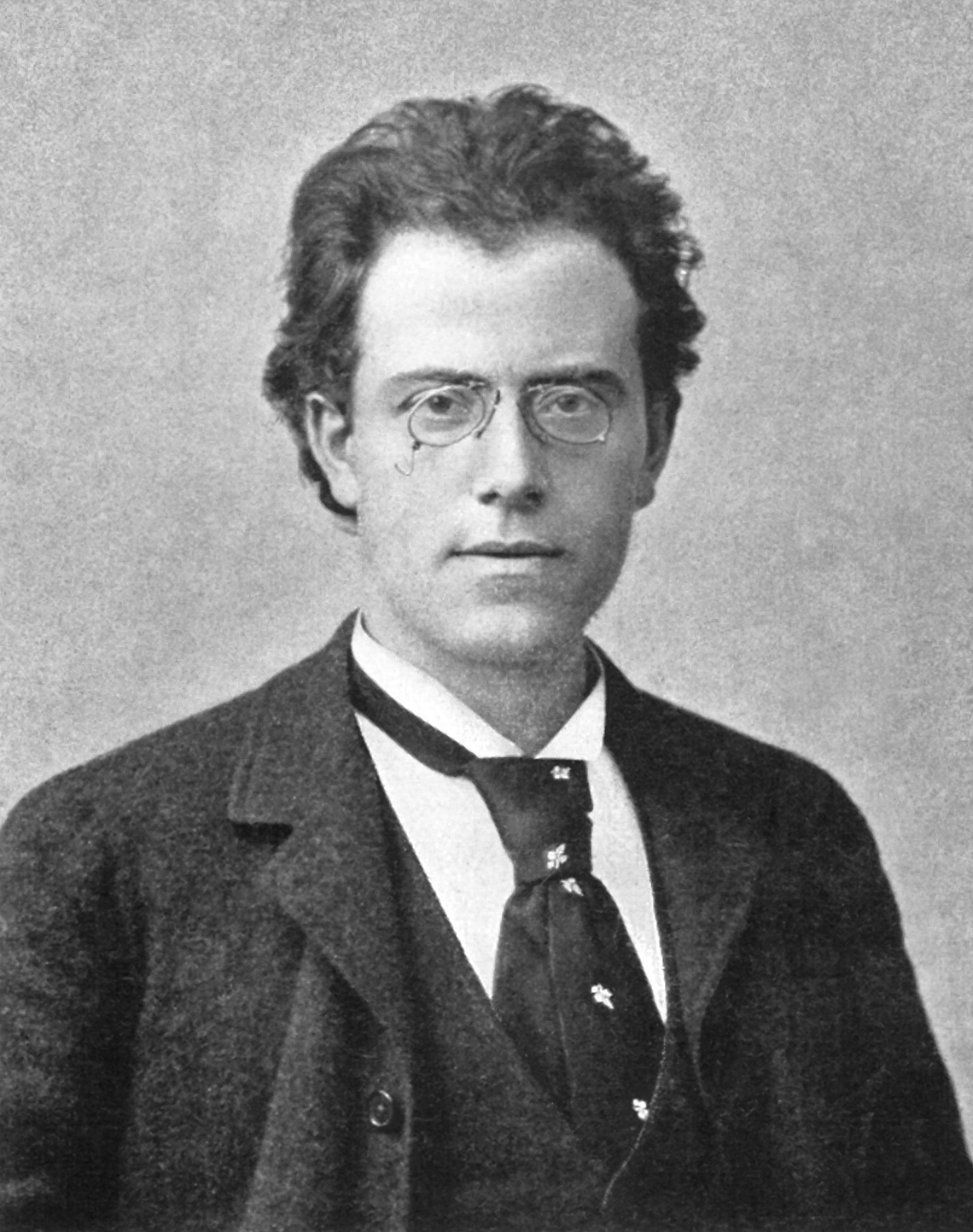I’d like to introduce you to another fine classical music recording I’ve recently discovered, but first a little editorializing about classical recordings in general.
I hope the day never comes when physical media in the form of compact discs (or something similar) is completely replaced by digital downloads or streaming. The booklet enclosed with physical media always provides useful and often enlightening information about the music, and there’s artistry on the front and back covers. Having been in COVID-19 lockdown for nearly a year now, I yearn for real human interaction without technology instead of “virtual everything”. And I say that as a person who has made his career as a computer programmer. What does that have to do with music on a CD? Well, perhaps I’ve digressed, but let me just say a recording is a poor substitute for a live performance, and a digital file is a poor substitute for a CD. Happily, I have read recently that classical music is keeping the CD alive as popular music largely goes the way of the computer file. As for CD packaging, I much prefer a well-made jewel case (with a hub whose teeth don’t break off easily) over the cardboard digipak that is seeing more frequent use, including the Shostakovich disc I will be briefly discussing here.
I much prefer discs that feature works of just one composer. Not only are they more easily filed and retrieved, but, more importantly, they often introduce you to some lesser-known works of a composer. Something I have learned over my many years of listening to classical music recordings is that there are many first-rate lesser-known works of composers, both famous and not-so-famous. There is a lot of great music out there, waiting to be discovered and enjoyed, even after a lifetime of listening!
This disc featuring Russian pianist Anna Vinnitskaya (who now lives in Germany) is one such happy occasion. It features the two piano concertos of Dmitri Shostakovich (himself a fine pianist), plus two of his lesser-known works for two pianos (joined here by Ivan Rudin), Concertino for Two Pianos, op. 94, and Tarantella for Two Pianos, both of which were unknown to me. An all-Shostakovich disc!

This disc is a delight from beginning to end. Anna Vinnitskaya plays Shostakovich as well as anyone I have heard, with great intensity, energy, and precision during the rhythmic passages, and with great beauty and sensitivity during the legato passages. The Kremerata Baltica is really outstanding in the two piano concertos, as is the quality of the recording. The latter is much above average, I would say, perfectly balanced and articulated. Vinnitskaya herself conducts the orchestra from the piano in the Concerto for Piano, Trumpet and Strings, op. 35, where she is joined by a fine trumpet soloist, Tobias Willmer. Omer Meir Wellber skillfully conducts the orchestra in the Concerto for Piano and Orchestra, op. 102, and the Kremerata Baltica is joined by the Winds of the Staatskapelle Dresden in a perfect union and performance.

Anna Vinnitskaya grew up with the music of Shostakovich in her household, and developed an early and deep appreciation of his music and it shows throughout this recording. She performed his Second Piano Concerto for the first time at the age of eleven, and now at age 37, I have no doubt she is one of the finest performers of the piano music of Shostakovich in the world today. I hope I will have the opportunity to hear her play either of the Shostakovich piano concertos in the concert hall one day soon. Or any other piano works by Shostakovich, for that matter!
One thing I have become acutely aware of after decades of listening to classical music is the enormous difference there can be between live performances or recordings of the same work. Tempo can be one obvious difference. I tend not to like music that is on the fast end of the tempo continuum for a given work—I like to “savor” the notes. But anything as complex and nuanced as an orchestral palette can lend itself to many different interpretations. Yes, the notes are the same, but how a piece is played can make the difference between enthusiasm for the work or complete indifference.





